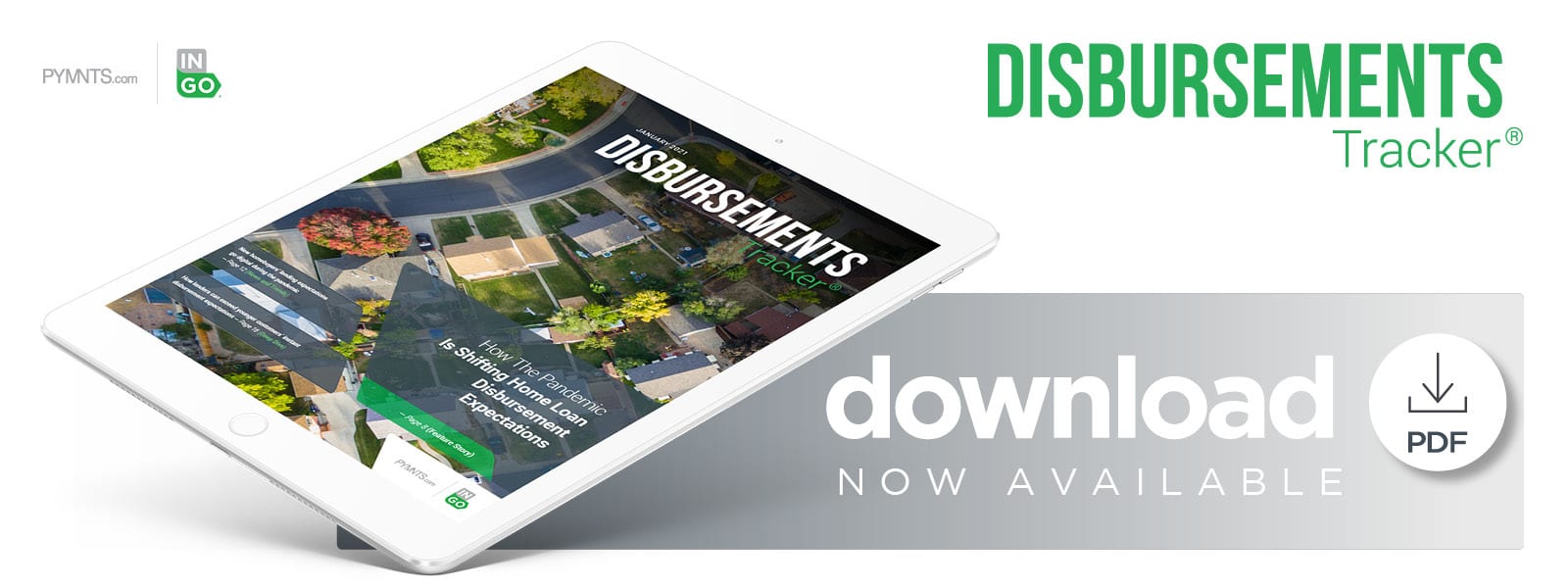How The Pandemic Is Shifting Home Loan Disbursement Expectations

The pandemic’s impacts on the financial and lending spaces are stretching into the new year, with both borrowers and lenders having adjusted how they approach loans in a world where virtual interactions have become the norm.
Most borrowers are now expecting that the whole of the lending process — from applications to loan disbursements — can be managed digitally, even when it comes to larger transactions, such as mortgages or home loans. This represents both a challenge and an opportunity for lenders, especially as consumers in younger age brackets begin to represent a larger percentage of those buying homes for the first time or seeking these types of loans, said Tim Elkins, chief production officer for home lender and refinancing firm PrimeLending.
The pandemic has also caused this expectation to filter into other generations of borrowers, meaning lenders must work quickly to ensure they can meet these increasing needs to stay on top of this changing industry.
“Digital natives count on technology to gather information on their own terms, act as the primary method for communication and play a huge role in the overall process,” Elkins said in a recent interview with PYMNTS. “Most of today’s consumers expect the instant digital conveniences they have grown accustomed to from major eTailers and service providers, regardless of their generation.”
Lenders Race To Meet Pandemic-Driven Expectations
Borrowers have been expanding their use of digital tools for some time, and the lending industry has moved to keep pace, but the crisis has accelerated the need to implement digital technologies. Many customers shopping for loans now not only prefer to conduct the bulk of this process virtually but also have come to expect it from lenders in a variety of industries. This includes mortgages and home loans, traditionally involving stacks of paper documents that potential borrowers need to painstakingly assemble. These consumers are also anticipating that the actual loan disbursements will occur within a faster time frame, Elkins noted.
“Time is always a crucial variable in the mortgage transaction. Any steps we can take to automate processes or shorten term times ultimately benefit the borrower,” he said. “From a borrower’s perspective, it would be highly convenient to pay for the out-of-pocket expenses, such as the credit report and the appraiser, upfront with instant payments. Again, these are conveniences that borrowers are growing to expect.”
PrimeLending has implemented several tools to help make payments and other traditionally paper-laden aspects of the home lending process occur more smoothly and with more speed, including its Loanplicity digital mortgage tool and its eClose feature. The company is also seeking to implement emerging technologies that could further strip the amount of time that goes into this process, Elkins said.
“One of the ways we are looking to improve the customer-loan officer relationship is through AI,” he said. “AI allows us to deliver a highly personalized experience for our borrowers and streamlines the entire mortgage process, both of which have been significant game-changers. … The lending experience is all about verifying and validating the necessary information to qualify the customer, especially financial information. The faster we can do that, the quicker the entire process goes.”
The company utilizes an in-house team to help integrate AI (artificial intelligence) holistically throughout the lending and the disbursements process, including compliance and other complex back-end procedures, he added. Elkins anticipates that AI will only become more critical within the space moving forward.
Why A Personal Touch Still Matters
Automating or otherwise reducing the time it takes to finalize disbursements or other parts of the lending process will be critical for lenders looking to stay competitive in the coming years, but that does not mean that personal touch will not also remain important, Elkins predicted.
“We still believe that, given the size and complexity of most mortgage transactions, professional guidance will be key,” he said. “Most borrowers will continue to choose to work with an experienced, proven professional to help them navigate the nuances and changing requirements for a mortgage approval. The way a borrower works with the loan officer will evolve, but the intrinsic value of personal guidance through the process will remain unchanged.”
Creating a hybrid of the old world of lending and the new — where disbursements are handled via instant, digital tools but through familiar human intermediaries — may therefore be the most beneficial course of action for lenders in the near future. It is also evident that providing a digital basis for communication and payment will prove essential. Failing to bulk up on speedy, personalized, virtual infrastructure could place lenders at a disadvantage in the future.

